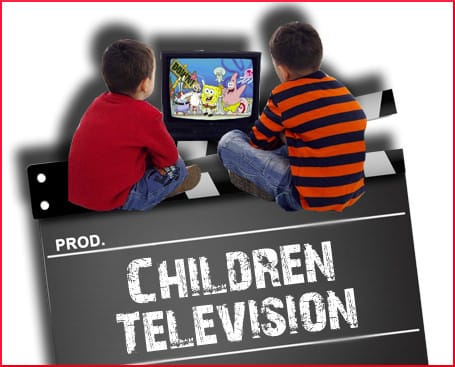
For many years, we have been subjected to the pitiful sight of a multi-billion dollar industry whimpering about its victimization at the hands of people who don’t want junk food propaganda poured into the eyes and ears of children. There is a vast amount of material on the subject, and Childhood Obesity News has followed it with interest. “Self-Regulation — a Food Industry Case Study” reinforced the point that, as stated by Michael F. Jacobson:
The truth is that the food industry’s single biggest priority is preserving its ability to market junk food to young kids.
We looked at Big Food’s rude reaction to the Interagency Working Group’s guidelines. Like a stubborn legislature refusing to consider Supreme Court nominees, the Grocery Manufacturers Association made it quite clear that it would devote its energy and resources to resisting the recommendations.
Then there was Nestle’s audacious partnership with an august American institution. Despite its promise to not market candy to kids under 12, the giant corporation teamed up with the Girl Scouts to sell Girl Scout-branded candy. They also floated the extraordinary theory that candy with a Girl Scout logo would not attract children because “grocery stores are primarily adult-oriented venues.”
In a post continuing that topic, we reviewed the argument that no matter what, advertising to adults will inevitably be seen, heard, and absorbed by minors. The really enjoyable aspect was discussing the other diabolically clever marketing ploy — the creation of artificial scarcity. These candy bars were sold as “limited edition” rarities, available only at certain times of year, to the point where consumers were urged to pre-order the darn things, just to make sure they didn’t miss out.
A series on television advertising
There is so much to say about television advertising and children, we made a 5-part series exploring the ugliness. It’s not just the United States involved in this insidious propaganda. Scotland wanted to get rid of TV junk food advertising altogether. Australia made valiant efforts to curb the flood of electronic messages to kids.
Part 2 reviewed and rejected the argument that maybe TV advertising has no effect one way or the other. Part 3 mentioned how the Physicians Committee for Responsible Medicine determined the five most deplorable junk food meals, along with a technique for turning a TV commercial into a teaching opportunity, to help children develop their inner baloney detectors.
Part 4 looked at more of the the industry’s sneaky ploys, like how, in 1983, Big Food spent an average of $2.98 per child per year, in terms of advertising. By 1998, that was up to $36.60 per capita per annum. According to figures that appear reliable, 20 years later the industry was shelling out almost $450 per year to put ideas into the mind of each and every child.
Part 5 looked at the big media picture, encompassing not just network TV but video games, music videos, and other delivery methods, and reiterated the idea that little children are not equipped to discriminate between fact and fiction. We also mentioned research showing that kids can very easily be roped into forming emotional ties which, when connected with the food-industrial corporation, are known by the deceptively innocuous term “brand loyalty.”
But it’s not just young children who are affected, as shown by a post titled “When It Comes to Advertising, Teens Are Vulnerable Too.” Last but not least is a post that concerns the pitiful excuse for self-regulation that the industry has repeatedly and unrelentingly tried to foist on the public. Titled “How Is That Self-Policing Thing Working Out?” it includes a quotation from an important report:
The lack of success achieved by self-regulation indicates that other policy actions are needed to effectively reduce children’s exposure to obesogenic food advertising.
Your responses and feedback are welcome!
Image by Kim Støvring.

 FAQs and Media Requests:
FAQs and Media Requests: 











